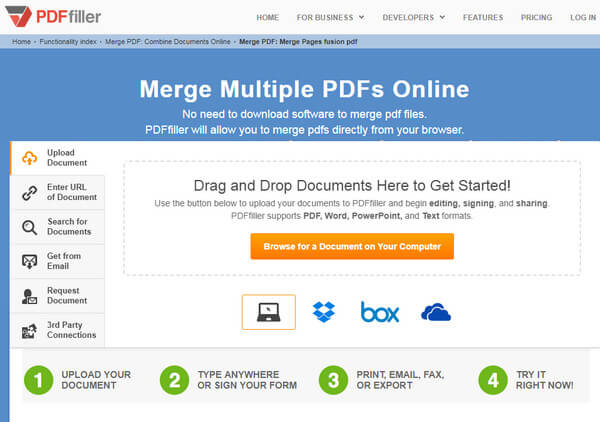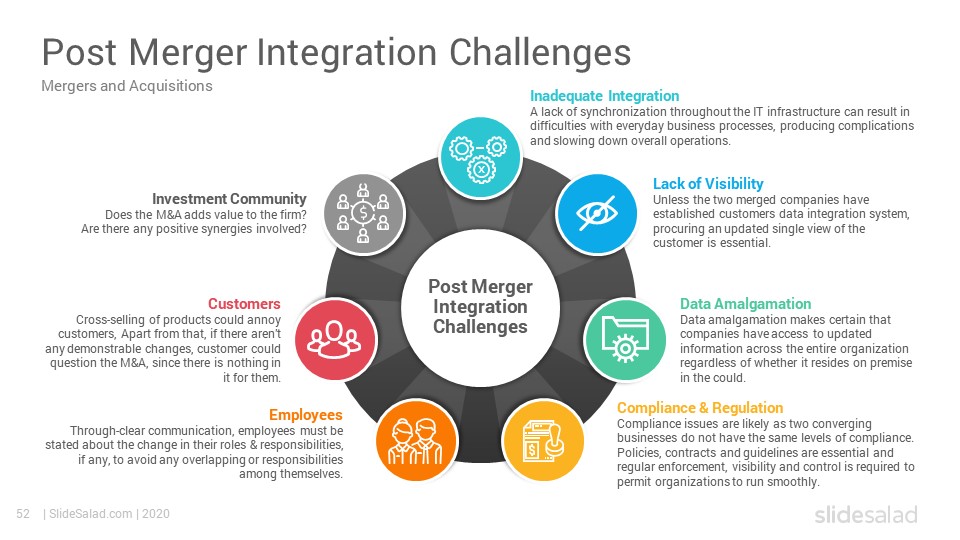
- #Free pdf merger google how to
- #Free pdf merger google pdf
- #Free pdf merger google full
- #Free pdf merger google software
#Free pdf merger google pdf
You will need the best PDF joiner software, which will make it simple for you to merge multiple PDF files into a single document.

Check the best 10 PDF combiners for desktops and online on this article. By doing things in this manner, not only do you get the opportunity to save time, but you also spare yourself the trouble of having to deal with different attachments. Merging PDF files is vital if you want to have all of the important information in just one file, rather than searching for it in many files, and if you want to avoid unnecessary duplication.
#Free pdf merger google full
This article will provide you with information on the top ten PDF merger software, along with full introductions to each program, so that you can select the one that meets your needs the most effectively.
#Free pdf merger google software
Print(end - start) #1 0.6040127277374268 #2 0.One of the most sought-after features in today's software is the ability to merge PDF files. PyPDF2 start = time.time()įormatted_name = f'Summary_Invoice_.pdf' Pdfrw is the fastest library for combining pdfs out of the 3 I tested. (Disclaimer: I ran this function within Flask, your mileage may vary) TL DR Here's a time comparison for the most common answers for my specific use case: combining a list of 5 large single-page pdf files.
#Free pdf merger google how to
You can get the full code from here (Source): How to merge PDF documents using Python Merge_pdf(outup_pdf_path, extracted_files) Target_files.append(os.path.join(path, name))Įxtracted_files = fetch_all_files('./parent_folder')įinally, you use the two functions declaring.a parent_folder_path that can contain multiple documents, and an output_pdf_path for the destination of the merged PDF: # get a list of all the paths of the pdfĮxtracted_files = fetch_all_files(parent_folder_path)

Merge_pdf('./final.pdf', extracted_files)Īnd this function to get all the files recursively from a parent folder: import osįor path, subdirs, files in os.walk(parent_folder): # pass the path of the output final file.pdf and the list of pathsĭef merge_pdf(out_path: str, extracted_files: list ): You can use PdfFileMerger from the PyPDF2 module.įor example, to merge multiple PDF files from a list of paths you can use the following function: from PyPDF2 import PdfFileMerger Print("Start writing '%s'" % output_filename) The following example merges all files in one folder to a single new PDF file: #!/usr/bin/env pythonįor pdffile in glob(path + os.sep + '*.pdf'):ĭocument = PdfFileReader(open(pdffile, 'rb')) Is it possible, using Python, to merge seperate PDF files? Input_streams.append(open(input_file, 'rb'))įor reader in map(PdfFileReader, input_streams): # the data isn't read from the input files until the write # First open all the files, then produce the output file, and #!/usr/bin/env pythonįrom PyPDF2 import PdfFileReader, PdfFileWriterįrom pyPdf import PdfFileReader, PdfFileWriter Here's a sample program that works with both versions. With plenty of options, detailed in the projects wiki.Ī Pure-Python library built as a PDF toolkit. Merging is equally simple.įrom command line: python -m fitz join -o result.pdf file1.pdf file2.pdf file3.pdfįor pdf in : The PyPdf2 github also includes some example code demonstrating merging.Īnother library perhaps worth a look is PyMuPdf. You can potentially avoid the need to write code altogether. You might also want to look at the pdfcat script provided as part of pypdf2.

It's a shame that PdfFileMerger isn't implemented as a context manager, so we can use the with keyword, avoid the explicit close call and get some easy exception safety. This ensures all files are closed (input and output) in a timely manner. Note: also that to avoid files being left open, the PdfFileMergers close method should be called when the merged file has been written. If you specify an invalid range you will get an Inde圎rror. merger.append(pdf, pages=(0, 3)) # first 3 pages If you wish to control which pages are appended from a particular file, you can use the pages keyword argument of append and merge, passing a tuple in the form (start, stop) (like the regular range function).Į.g. Here we insert the whole pdf into the output but at page 2. The append method can be thought of as a merge where the insertion point is the end of the file. If you want more fine grained control of merging there is a merge method of the PdfMerger, which allows you to specify an insertion point in the output file, meaning you can insert the pages anywhere in the file. You can pass file handles instead file paths if you want. You can simply concatenate files by using the append method.


 0 kommentar(er)
0 kommentar(er)
